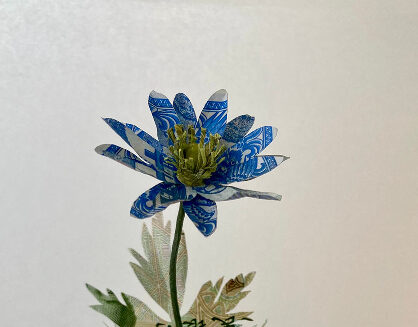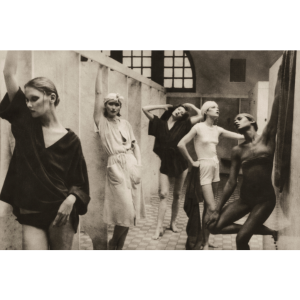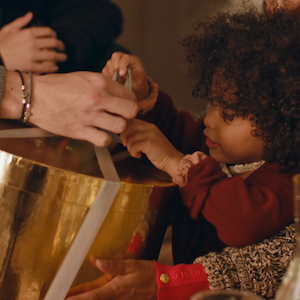Swing: It not all fun and Games being a Creative, but determination too
By Jo Phillips
With the opening of Abram Games‘ exhibit at the Jewish Museum in London, and running until January 2015, .Cent chose to take a look at another of one of the most influential designers and artists of that time, Barnett Freedman. Born in Stepney, East London in 1901 to Jewish immigrants from Russia, Barnett was educated to the point of primary school before spending most of his time between age 9 – 13 in hospital, bedridden. He didn’t put his convalescence to waste though, instead broadening his horizons with learning how to draw and paint, play the violin and reading.
At 15 Barnett achieved an apprenticeship as a draughtsman, designing intricate and detailed lettering repeatedly, for a monumental mason, whilst spending his evenings studying at St Martin’s School of Art. After 3 failed attempts at securing a scholarship for full-time studying at the Royal College of Art, Barnett determinedly sought out William Rothenstein ( The RCA Director) and made him view his portfolio. Impressed by his initiative William approved a place on the course as well as secured the coveted scholarship fee for Barnett. 
Throughout his education and early career, Barnett impressed those around him with his diligence and creativity, and earned commercial commissions for London Underground posters, becoming accomplished in the difficult medium of auto-lithography (the artist draws their own design onto the stones without any intervention of other trade craftsmen or photomechanical help), the covers of some 40 book jackets, including Tolstoy’s much admired “War and Peace” in 1938 and “Anna Karenina” in 1951 as well Dickens’ “Oliver Twist” in 1939, and the Bronte sisters classics “Wuthering Heights and Jane Eyre novels, all the while teaching at the Ruskin School of Drawing in Oxford, as well as at the RCA.
However despite all these achievements, it wasn’t until 1935 that Barnett Freedman was accepted into the hallowed circle of the Establishment, thanks to a ground-breaking commission to design a stamp commemorating the Silver Jubilee of King George V (The King’s Stamp). This honour was obviously a huge deal for an artist like Barnett, not only confirming his talent, but perhaps the recognition of a lifetime of hard work and dedication despite the numerous disadvantages of his upbringing.

To see a short documentary about the making of the King’s Stamp, please click here.
Meanwhile, the Jewish Museum celebrates prolific graphic designer Abram Games with an exhibit featuring more than 100 pieces of original preparatory sketches, posters and paintings, all charting, and celebrating his career right from the early experimental beginnings, right up to the bold, stylish works which Games is best known for.
Thanks to Games’ photographer father, the young Abram Games had access to materials and training from a very early age, as well as an introduction to one of the main stylistic methods of his later work; the airbrush. Perhaps due to the contrast of the bleakness of austerity Britain, audiences welcomed the humorous, colourful and sometimes (cheekily) controversial works that Games created, such as the “Blonde Bombshell” ATS recruitment poster which caused such a stir in 1941, it was eventually taken down to appease the outraged.
Some of his best-known work comes from the postwar period. In 1948, Games was commissioned by the General Post Office to design the official Olympic Games stamp in 3D. In 1951 he was awarded the commission to design the Festival of Britain emblem, one of the most significant designs of his career, whilst in 1953 he designed the first animated ident for the newly created BBC.
But instead of us telling you about it, why not get down to the Jewish Museum yourself and see for yourself.








